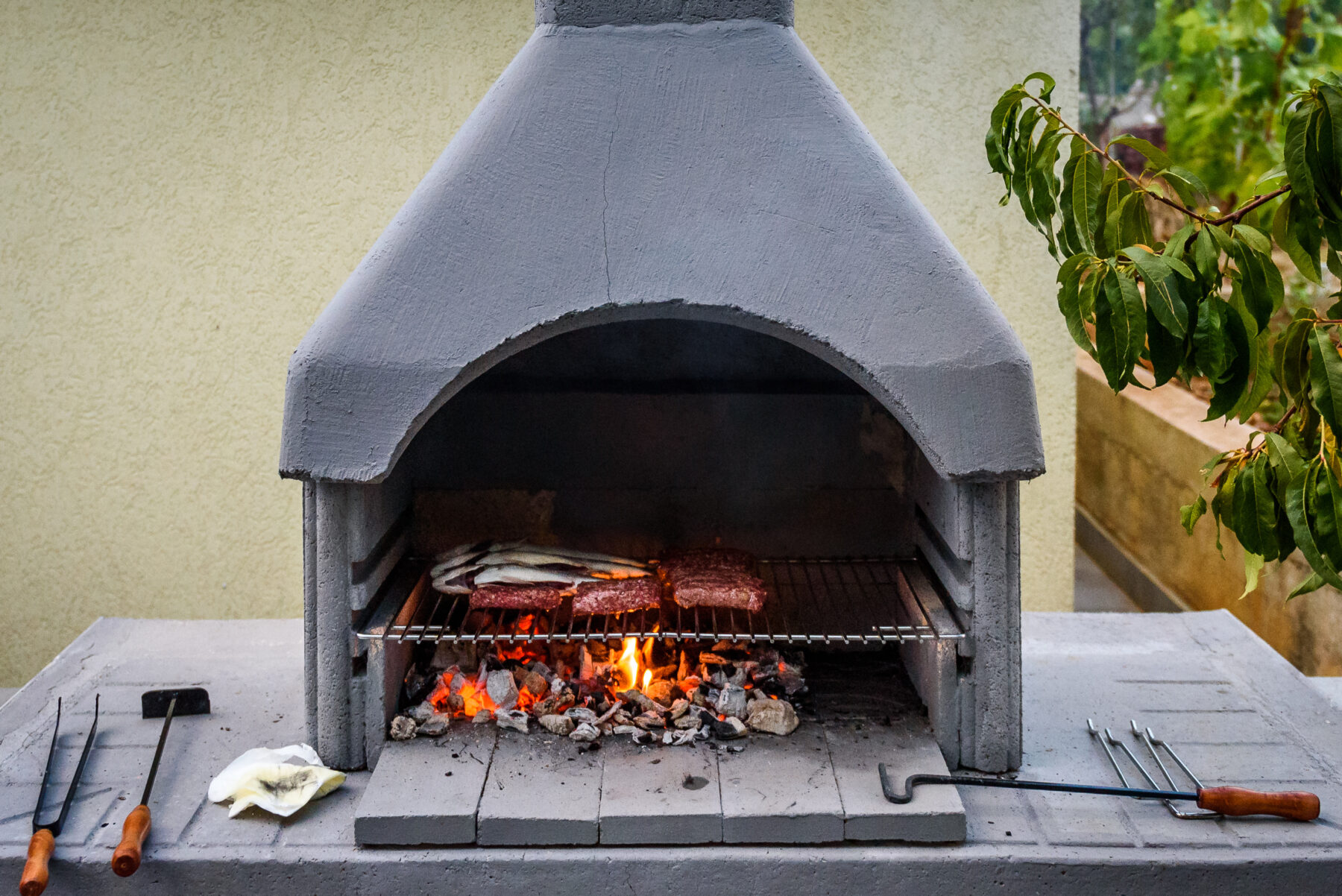DIY Spring Concrete BBQ Ideas
April 16, 2024
Spring ushers in the time for outdoor get-togethers. The enticing scent of food grilling on a homemade concrete BBQ can turn the backyard into a hotspot for loved ones. It’s not just a unique visual addition to the backyard, but also a popular place for everyone to gather and have fun. This sturdy feature can withstand varied conditions, serving as a durable focal point for all kinds of outdoor activities. It’s an opportunity to utilize creative ideas that enhance the appeal of any outdoor space.
Benefits of Concrete BBQs
Concrete BBQs are a great pick for its durability and weather resistance. As concrete doesn’t rust, unlike many metal grills, the longevity of this kind of BBQ is a clear upside.
It’s also important to appreciate the variety they make possible. There are virtually no design limitations; it’s possible to craft a unique blueprint that puts a personal touch on any build. Size, structure, or even color variances are achievable, which makes it easy to complement the existing backyard design.
From a cost perspective there’s certainly some initial expenditure in getting the materials for a concrete BBQ, but it’s typically less than high-end, commercial grills. With its resistance to wear and tear, there’s no need for regular replacement, making a DIY concrete BBQ a budget-friendly choice.
Planning for the Concrete BBQ
Choosing the right location for a DIY concrete BBQ is essential. Find a spot that combines safety and convenience. Look for level ground, a safe distance from trees or shrubs that could catch fire, and close to the outdoor living area for comfort and ease of socializing.
Design considerations for the BBQ should take into account available space and the intended grill surface area. Whether the decision is for a simple rectangular form, or a pattern with a unique touch, it’s important that there’s harmony between the DIY BBQ and existing outdoor decor for a consistent look.
Ideas to Consider
Simple Concrete Block Grill: Begin with setting the base using concrete blocks in the preferred outline, confirming their evenness for firmness. Next step is placing the charcoal or wood and locating the metal grate atop. This completes the basic grill. A potential enhancement is a side table for functionality, designed using extra concrete blocks and a sizable plank as an area for food handling or service. For a great look, decorate the concrete blocks with paint or mosaic tiles that work with the outdoor setting.
Concrete Countertop Grill Island: A more advanced project could involve making a grill island with a concrete countertop. This setup has similar beginnings as the basic grill but includes an extra tier for the countertop, plus extra areas for storage or seating. Fancy additions like a sink or an outside fridge could elevate it even further, giving you a fully kitted kitchen area.
Rustic Concrete and Stone BBQ: This design combines concrete with natural stones for a classic appearance. Start with a concrete base, then embellish with stones. Use mortar for added stability and make sure to consider the surrounding environment, introducing aromatic herbs or flowers for an enhanced backyard atmosphere.
Whichever the option is, the variety of the brick, stone, tile, and paint colors chosen will set the tone.
Creating this DIY BBQ offers more than just a useful backyard feature. It also brings a sense of achievement while expressing the style of the home. The customization possibilities are endless, from the type of brick, stone, or tiles to the color of the paint, each component enables the BBQ pit to be a true extension of personal tastes and values. Obviously, certain designs may prove to more complicated than others. Depending on the intricacy and potential safety concerns, it can be perfectly reasonable to seek professional guidance.


